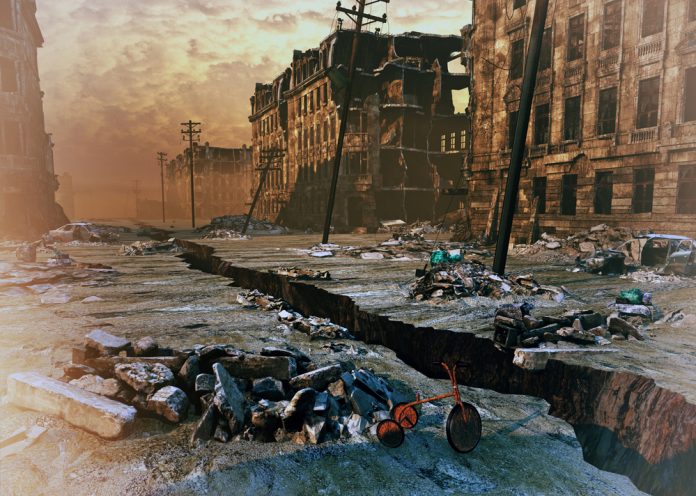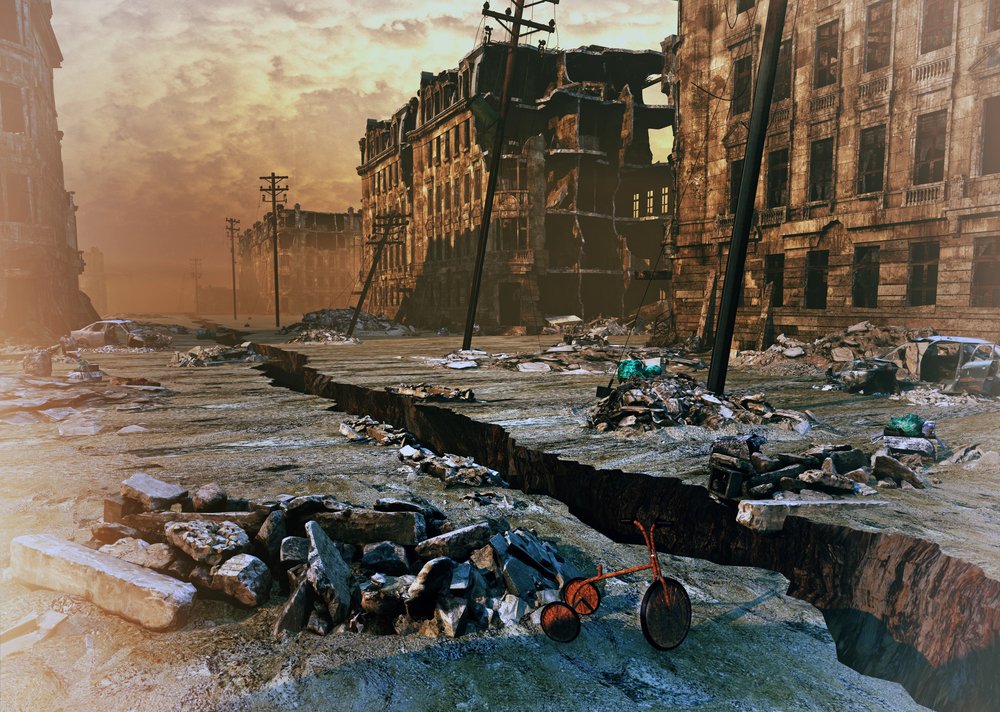
Is it possible for a single security camera to rewrite decades of earthquake science? On March 28, 2025, a magnitude 7.7 earthquake along Myanmar’s Sagaing Fault not only devastated cities but also delivered a seismic breakthrough: the first-ever direct video capture of a strike-slip fault in motion. This rare footage, analyzed frame by frame, has illuminated the elusive mechanics of supershear rupture and fault slip curvature phenomena that have long challenged seismologists relying solely on remote sensing and seismic networks.
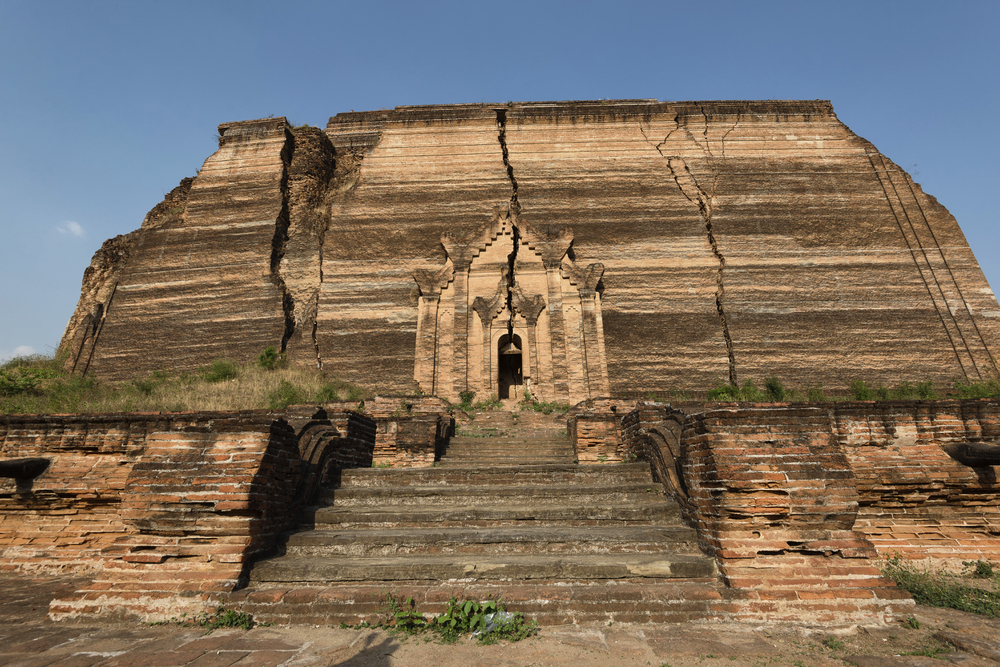
1. The Sagaing Fault Event: A Catastrophe and a Scientific Opportunity
The 2025 Myanmar earthquake struck near Mandalay, rupturing over 400 kilometers of the Sagaing Fault and causing more than 5,000 confirmed fatalities and widespread destruction as far as Thailand and China. The rupture was exceptional not only in its scale but in its speed. Seismologists determined that the southern segment of the fault ruptured at supershear velocity reaching 3.7 miles per second, a phenomenon where the rupture front outpaces the local shear wave speed, amplifying ground shaking and damage.

2. CCTV Footage: The First Direct Visual of Strike-Slip Rupture
While most earthquake slip occurs unseen beneath the surface, a CCTV camera 120 kilometers south of the epicenter inadvertently captured the moment the ground split and shifted horizontally. The footage shows the earth’s surface dividing and sliding past itself in real time a phenomenon previously inferred only through indirect seismic data (CCTV camera caught this slip in action, presenting a unique opportunity). “We did not anticipate that this video record would provide such a rich variety of detailed observations. Such kinematic data is critical for advancing our understanding of earthquake source physics,” said Jesse Kearse of Kyoto University.
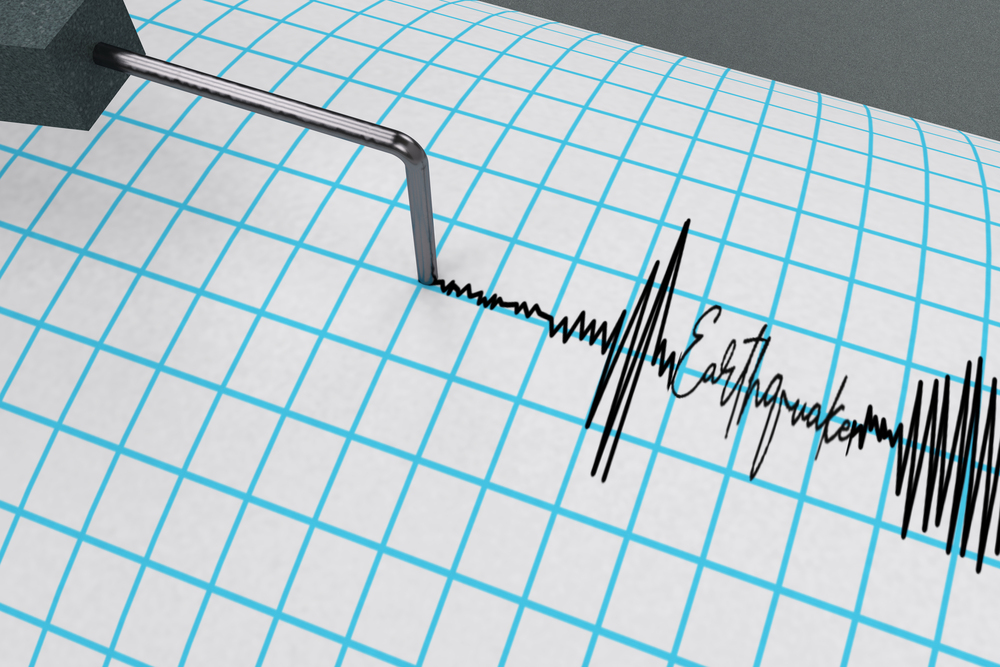
3. Pixel Cross-Correlation: Quantifying Fault Slip in Real Time
Researchers employed pixel cross-correlation, a technique adapted from optical geodesy and photogrammetry, to analyze the video frame by frame. This approach revealed that the fault slipped 2.5 meters (8.2 feet) horizontally in just 1.3 seconds, with a peak slip velocity of about 3.2 meters per second. This rapid, pulse-like rupture was visualized as a concentrated burst of slip, “much like a ripple traveling down a rug when flicked from one end,” Kearse explained.
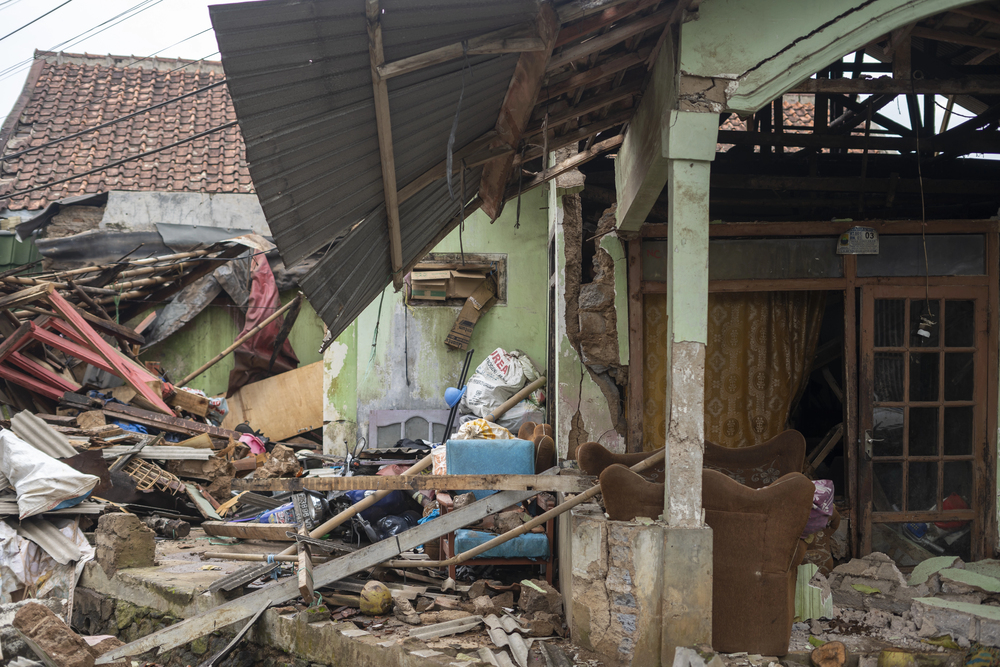
4. Supershear Rupture: Mechanics and Hazard Implications
Supershear earthquakes, where rupture speed exceeds the shear wave velocity, have been theorized for decades but rarely observed directly. The 2025 Sagaing event’s southern rupture segment reached velocities up to 6 km/s, confirmed by near-fault strong-motion records and satellite geodesy. Supershear ruptures generate Mach fronts akin to a sonic boom that can dramatically intensify ground shaking and expand the damage footprint. “This is one of the closest seismic stations to record the rupture passage for a great earthquake. Earthquake seismologists have long desired to have near-fault records like this,” said Lingling Ye.
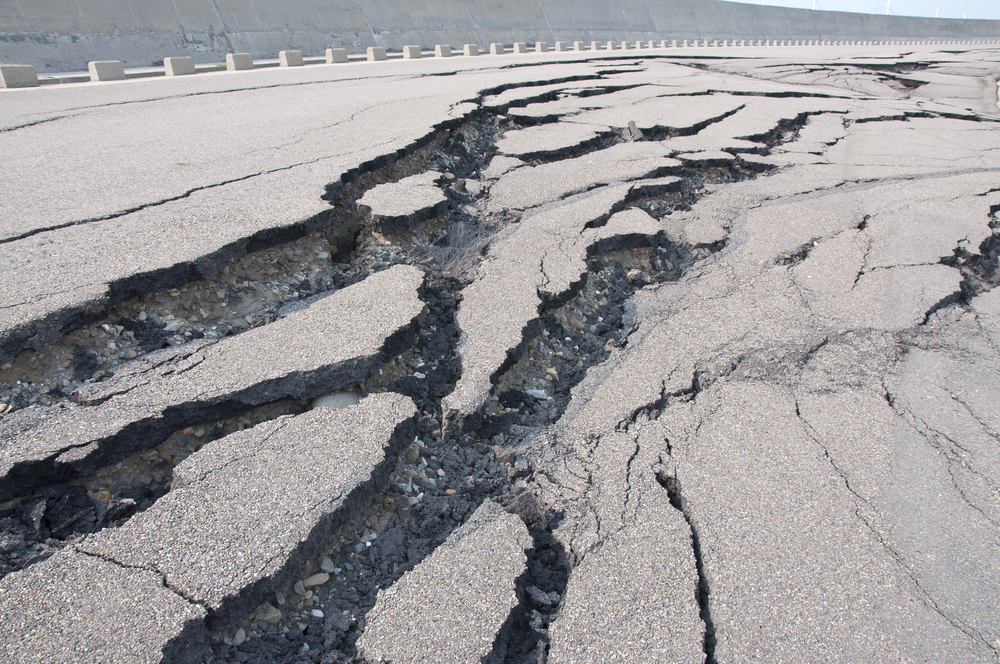
5. Curved Slip Paths: Challenging the Linear Fault Paradigm
The pixel-level analysis did more than measure speed; it revealed that the slip path was subtly curved, not perfectly linear. This real-time observation supports previous geological evidence from exhumed faults and dynamic rupture simulations, suggesting that curved slip trajectories may be the rule rather than the exception in large strike-slip earthquakes (the slip path was subtly curved, a finding which aligns with previous geological observations). The initial phase of slip was oblique, with a maximum rake of 35°, before transitioning to nearly pure strike-slip motion mirroring models that predict transient uplift and directional curvature during rupture acceleration.
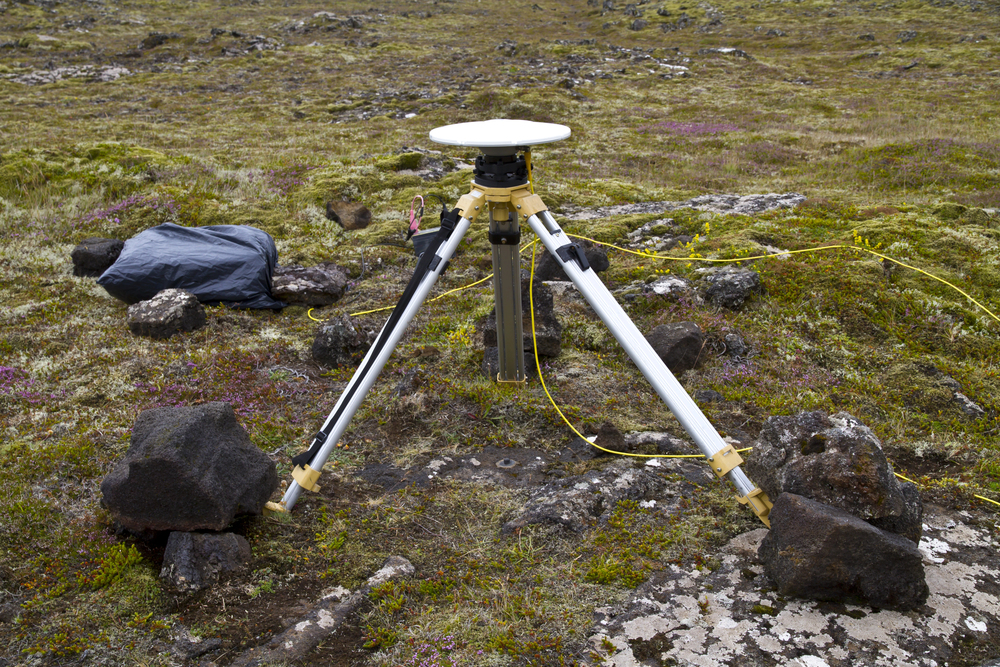
6. Optical Geodesy and Photogrammetry: Revolutionizing Earthquake Monitoring
The success of pixel cross-correlation in extracting precise displacement and velocity data from video highlights the growing power of optical geodesy and photogrammetry. Sub-pixel correlation (SPC) techniques, previously used with satellite imagery for events like the Ridgecrest earthquake, have now been validated with ground-based video, offering unprecedented accuracy in real-time surface deformation monitoring.
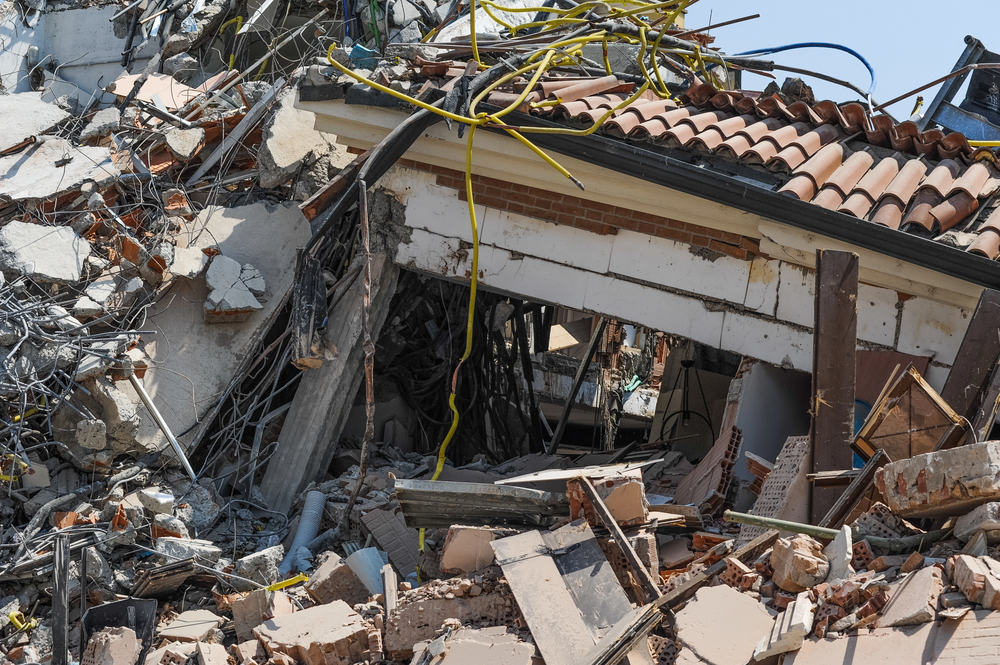
Error correction methods, such as polynomial fitting and spatial filtering, are essential for mitigating decorrelation noise and satellite attitude jitter, ensuring reliable displacement fields for both research and hazard assessment.
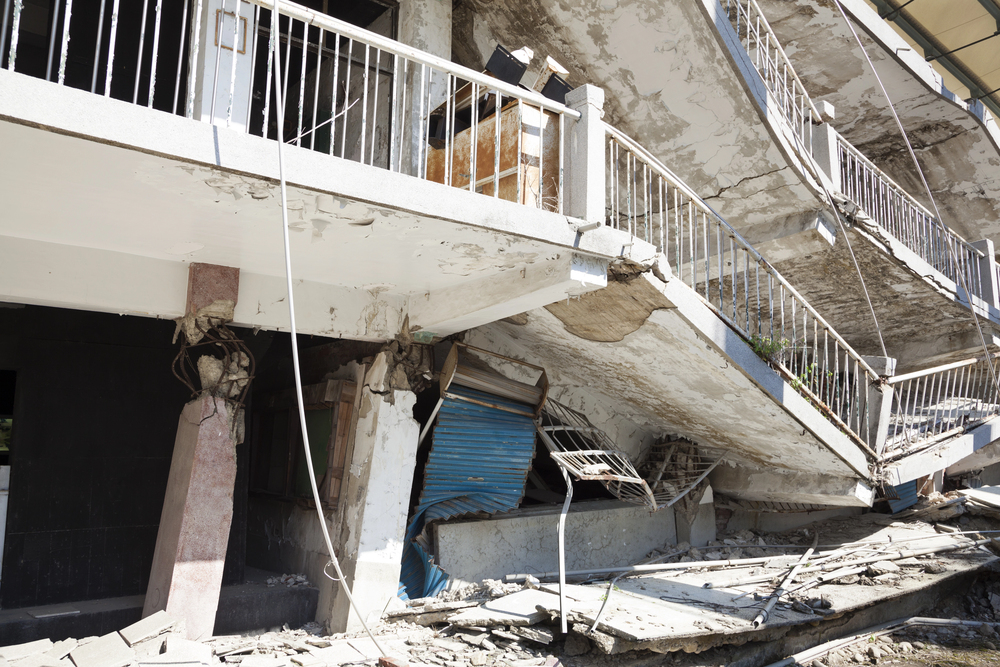
7. Fault Geometry, Stress, and Supershear Propagation
The Sagaing Fault’s geometry a long, relatively straight segment facilitated the propagation of supershear rupture over an exceptional distance. Dynamic rupture models and laboratory experiments have shown that fault straightness, initial stress conditions, and permeability all influence whether a rupture can transition to supershear speeds. The interplay of stress heterogeneity, fault curvature, and pore fluid pressure remains a frontier for both numerical simulation and field observation.

The CCTV footage from Myanmar’s 2025 earthquake stands as a new benchmark for earthquake science, providing direct, time-resolved evidence of rapid, curved, and supershear rupture insights that will inform future simulations, hazard models, and the design of real-time monitoring networks.
